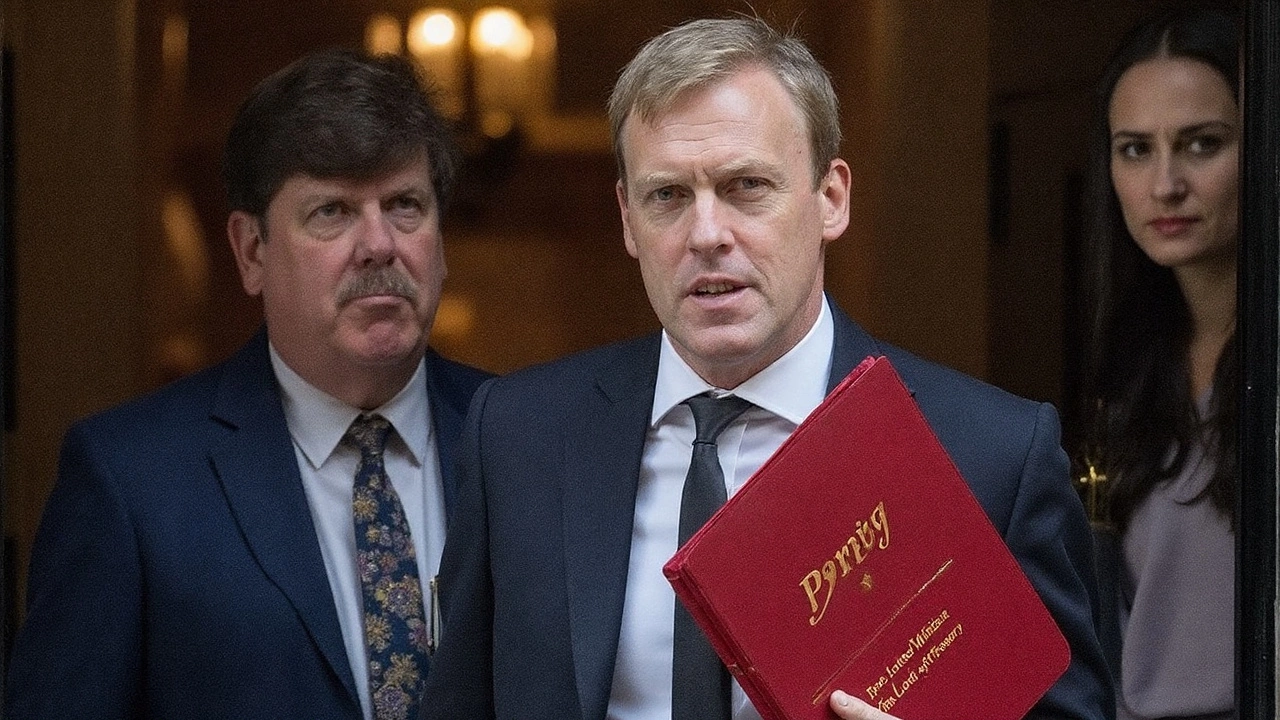Keir Starmer reshuffle: the basics you need to know
Keir Starmer just announced a new line‑up for his Labour team. If you’re wondering why it matters, you’re not alone. A reshuffle can signal a shift in strategy, fresh priorities, or a reaction to recent polling. Below we break down the main tweaks, the reasons behind them, and what they could mean for the next election.
Key changes on the front bench
First off, who moved? The most talked‑about swap is Rachel Reeves stepping up to become Shadow Chancellor, replacing the long‑standing Hilary Benn. Reeves brings a reputation for clear economic messaging, which Starmer hopes will appeal to swing voters worried about cost‑of‑living pressures.
Another headline move is the promotion of David Lammy to Shadow Foreign Secretary. Lammy’s experience on the foreign affairs committee and his ability to connect with younger audiences could help Labour sharpen its stance on global issues.
At the same time, a few senior figures were sent to the backbench. Angela Rayner lost the Deputy Leader portfolio and will focus on campaigning. Starmer said the decision frees her up to work directly with grassroots volunteers ahead of the next general election.
Why the reshuffle now?
Polls have shown Labour slipping a few points after the last local elections. Starmer’s team says the new line‑up is meant to reset the narrative. By putting a fresh face on the economy, they hope to counter the Conservative claim that Labour lacks a clear fiscal plan.
There’s also a tactical element. With the next general election looming, Starmer wants a team that can handle press conferences, debates, and social media without stumbling. The reshuffle brings in people with strong media instincts – think Reeves’ Bloomberg interviews and Lammy’s regular YouTube briefings.
Some observers think the moves are also about internal party balance. By moving Rayner out of the deputy role, Starmer may be trying to calm factional tensions that have surfaced over policy direction. It’s a subtle way of saying, “We’re united, but we’re also willing to adapt.”
What does this mean for voters in Coventry and the wider Midlands? Labour hopes the new economic team will address regional concerns like manufacturing jobs, apprenticeships, and transport funding. The party’s local branches have been asked to spotlight these issues in upcoming town‑hall meetings.
In practical terms, expect more speeches from the reshuffled team on local radio stations and community events. If you’re curious about how these changes affect you, keep an eye on local news outlets – they’ll be the first to report on any new policy announcements.
Overall, the Starmer reshuffle is a mix of image management, policy focus, and internal housekeeping. It isn’t a radical overhaul, but the tweaks are targeted at the areas where Labour feels it’s losing ground.
So, should you be excited or skeptical? That depends on how the new team delivers on promises. The next few weeks will reveal whether the reshuffle translates into clearer messaging and stronger voter support. Keep watching the headlines – the story is just getting started.
Keir Starmer reshuffle: Rayner’s exit triggers sweeping reset of top team
Angela Rayner’s resignation over an underpaid stamp duty bill set off a sweeping reshuffle by Sir Keir Starmer. David Lammy shifts to justice secretary and becomes deputy PM. Pat McFadden gets a new growth-focused super-department. Rachel Reeves stays as Chancellor, Ed Miliband keeps Net Zero. The shake-up moves 12 ministers and ousts two, with a Labour deputy leadership contest now looming.
